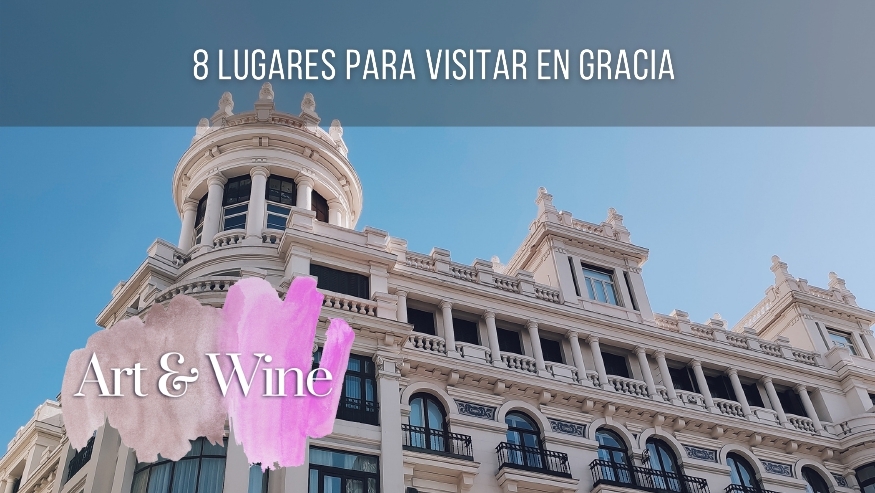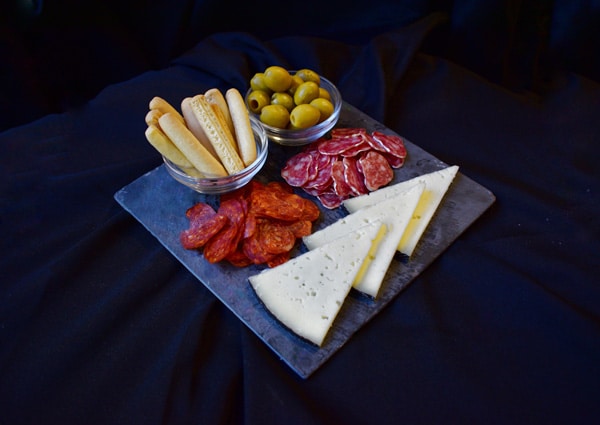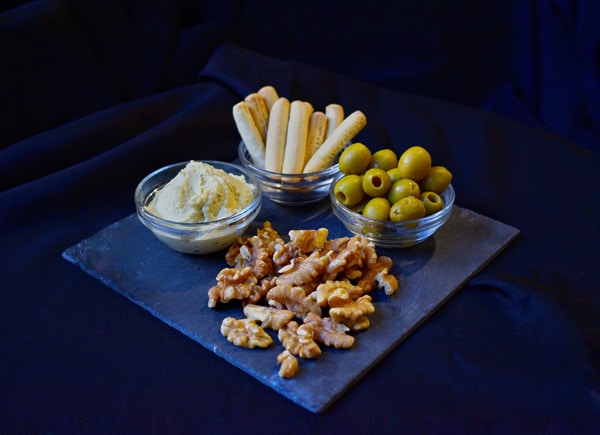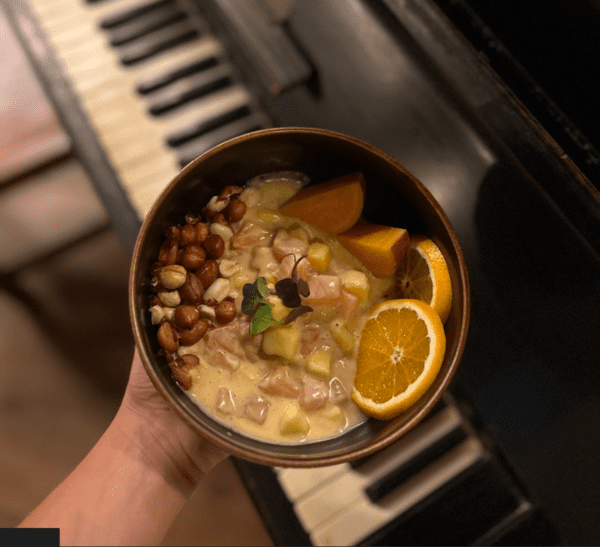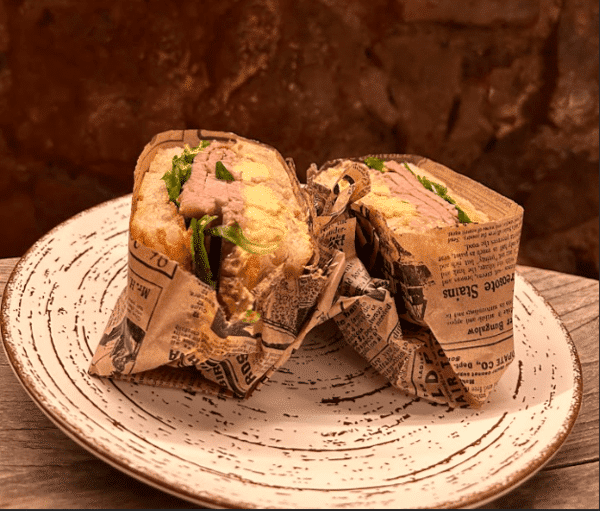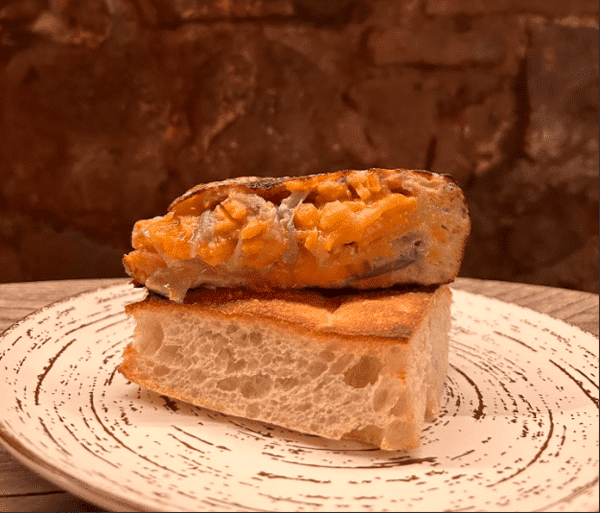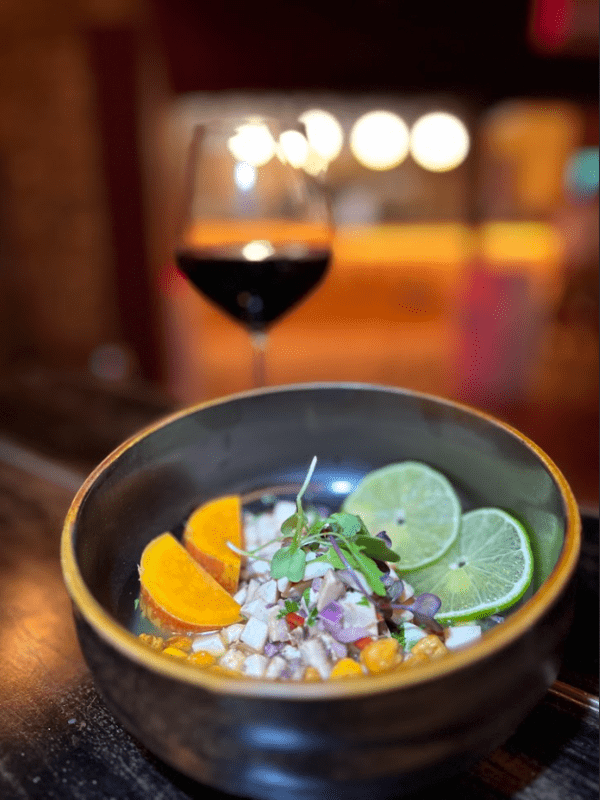Pocos distritos de Barcelona están rodeados de tanta simbología como el de Gracia.
El núcleo antiguo del barrio que le da nombre no ha dejado de reivindicar con orgullo su pasado como municipio independiente, y el nuevo mapa de barrios se lo reconoce oficializando el topónimo Villa de gracia para denominar esta unidad de casi 50.000 habitantes.
Gràcia es el barrio donde mejor se vive en Barcelona. Se trata de un barrio con ambiente de pueblo, calles peatonales, muchas plazas, muchos restaurantes y bares.
8. Jardí del Silenci
Las calles del barrio barcelonés de Gràcia son estrechas. Jardí del Silenci tienen su encanto urbano pero solo encontrarás algo de verde en los pocos árboles de sus plazas, en sus balcones y terrazas–algunas con huerto- y en ocultos patios de las casas de la antigua villa.
Una gran valla metálica cierra lo que parece un solar en construcción, aunque es la entrada a un paraíso. Lo es no solo porque en un giro de cabeza pasas de los muros de ladrillo a una espléndida pérgola de glicinas o del ruido de los autobuses a la bella melodía que hoy suena bajo la cúpula verde.
Es un oasis también porque este jardín no existiría sin el empeño colectivo y el trabajo voluntario de los vecinos del barrio que han impedido que ese espacio se convierta en un bloque más de pisos.
7. Cines Verdi
Situado en el barrio de Gràcia los Cines Verdi llevan siendo un cine diferente desde hace más de 30 años.
¿Por qué diferente?
Si dejamos aparte el barrio privilegiado, las nueve salas que recoge y la estricta versión original subtitulada de cada película nos queda una programación variada, alternativa, que se aleja de una propuesta comercial.
Cines Verdi ofrece es un cine que se centra en la calidad y la diversidad. Por otro lado, el cine tiene iniciativas como las sesiones de Cine Francés Inédito en Verdi, donde proyectan películas francesas que no han llegado hasta ahora a España, o Verdi Kids, una programación de películas infantiles pensadas para los más pequeños.
6. Casa Vicens
La Casa Vicens fue el primer encargo de envergadura que recibió Antoni Gaudí, en el año 1878, y es considerada su primera obra maestra. Se trata de un proyecto imaginativo, moderno e innovador, donde el artista utiliza por primera vez numerosos elementos estructurales, decorativos y simbólicos, que acabarán definiendo su lenguaje arquitectónico.
Gaudí proyectó una casa de pequeñas dimensiones, estructurada en cuatro niveles: subterráneo, planta baja y dos pisos. En el interior, el joven arquitecto deja muestras de su talento, especialmente en los espacios nobles y en el exótico salón de fumadores.
El tamaño del solar condiciona el emplazamiento y la orientación de la construcción. Gaudí sitúa la vivienda al lado noreste de la parcela, adosada a la pared medianera de la construcción vecina
Esta disposición permite liberar el espacio suficiente para proyectar también un jardín, en el que diseña un arco monumental que enmarca una cascada y garantiza el ambiente fresco del propio jardín y del interior de la casa.
5. Plaza de la Vila de Gràcia
Es uno de los lugares más emblemáticos del barrio de Gràcia y uno de los más curiosos de Barcelona.
De planta cuadrada, destaca sobre todo por la gran torre-campanario que se encuentra justo en el medio y que en las cuatro caras de su parte superior muestra un enorme reloj.
La impresionante Torre del Reloj fue construida entre 1862 y 1864 con diseño de Antoni Rovira i Trias.
Su origen fue simple: al no haber en el centro de la villa de Gràcia ningún campanario lo suficientemente alto para que los vecinos lo escucharán desde todos los rincones de la vila.
Las únicas iglesias con campanario estaban situadas en las afueras, se optó por construir una torre-campanario para avisar a los habitantes de la zona ante cualquier situación de emergencia.
4. Park Güell
El parque fue inaugurado en 1922 y desde entonces se ha convertido en uno de los principales lugares de interés turístico de Barcelona. En 1984 fue declarado Patrimonio de la Humanidad por la UNESCO.
Con una extensión de más de 17 hectáreas, el Park Güell está cubierto por formas onduladas, columnas con aspecto de árboles, figuras de animales y formas geométricas. La mayor parte de las superficies están decoradas con mosaicos realizados con trocitos de cerámica de colores.
El arquitecto, inspirado en las formas de la naturaleza, dotó al parque de una impresionante creación ornamental en la que no existen la rigidez ni el clasicismo. Todas las sinuosas y coloridas formas de los elementos del parque poseen un importante simbolismo, tanto político como religioso.
El artista aprovechó el desnivel de 60 metros de la montaña para crear un camino de elevación espiritual, en cuya cima planeaba construir una capilla que finalmente fue sustituida por el Monumento al Calvario, un promontorio situado en la parte más alta del parque desde el que se obtienen las mejores vistas de la ciudad.
3. Art&Wine
Art&Wine, una de los principales lugares en Gracia es un imprescindible. Pasa una tarde diferente en el corazón del Barrio de Gracia mientras pintas un cuadro y bebes vino. La experiencia de arte y vino será dirigida por un profesor, experto en arte, que os enseñará, paso a paso durante dos horas y media, como pintar vuestro cuadro. Por supuesto puedes personalizarlo con las formas y colores que más te gusten.
Simplemente necesitas desconectar, dejarte llevar y abrir tu lado más creativo.
¡No te pierdas este lugar y reserva ahora!
2. Plaza de La Virreina
La historia de la plaza Virreina pasa por la historia de su iglesia. La iglesia entró en servicio en 1884 pero fue incendiada en la Semana Trágica (1909).
Es una iglesia de una sola nave, con crucero, capillas y vuelta de asa-costal. La fachada pone de manifiesto las dos vertientes de la cubierta y presenta arcos bajo el alero. La capilla del Santísimo, de Francesc Berenguer, es modernista, y son posteriores al altar mayor con baldaquino, de Josep Maria Camps i Arnau, y los murales del altar principal, de Carlos Llobet i Raurich. La rectoría, organizada con los mismos materiales de la fachada, se encuentra en la parte posterior de la iglesia.
En septiembre de 2016 saltó la noticia de que el oratorio de la parroquia Sant Joan de Gracia, la construcción del cual se atribuía a Francesc Berenguer, discípulo de Gaudí, podría ser en realidad obra del maestro del modernismo, Antonio Gaudí.
1. Viaducto De Vallcarca
Situado en la parte alta de Gràcia y entre las colinas del Putget y El Coll, no es casualidad que este viaducto lleve el nombre de Vallcarca y es que se trata de uno de los puntos más característicos y conocidos del barrio.
El puente, diseñado por el arquitecto Miquel Pascual Tintorer (1849-1916), autor también del mercado de la Llibertat de Gràcia, tiene una estructura sencilla y su decoración se determina por cuatro conjuntos de leones alados con el escudo de Catalunya y el de Sant Jordi.
Además, está formado por dos grandes losas: la inferior une dos pilares de hormigón, mientras que la superior se encarga de configurar la calzada. El viaducto, que atraviesa la avenida de Vallcarca, donde antiguamente se encontraba la riera, es suficientemente ancho como para permitir el paso de peatones y vehículos.

